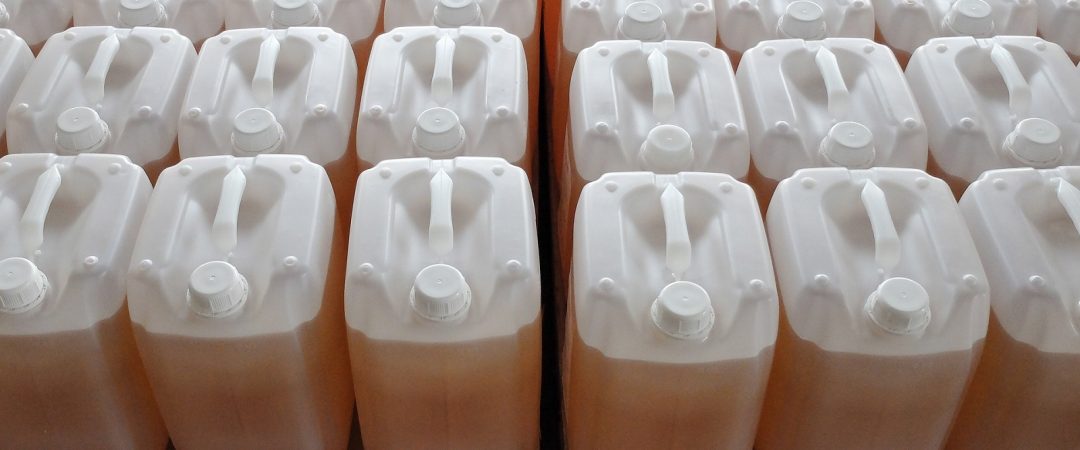Industry consumes large quantities of crude oil to produce basic substances for drugs, cosmetics, plastics, and food. However, these processes consume a lot of energy and produce waste. Biological processes with enzymes are far more sustainable. The protein molecules can catalyze various chemical reactions without auxiliary materials or solvents being required. But they are expensive and, as a result, have been economically unattractive, so far.
Researchers of Karlsruhe Institute of Technology (KIT) have developed a biomaterial that considerably facilitates the use of enzymes. In contrast to traditional catalysts used in the chemical industries and about 90% of all chemical processes, this environmentally friendly alternative biocatalytic material could, “in the long term, be used in automatic production of value-added basic compounds without complex synthesis and cleaning steps, and with a minimum amount of waste arising,” says Professor Christof Niemeyer of KIT’s Institute for Biological Interfaces.
For this purpose, scientists modified natural enzymes, such that they self-assemble in a stable biocatalyst. Similar to a two-component adhesive, the enzymes form a gel-type material. This material is applied onto plastic chips with groove-shaped depressions. Drying leads to concentration and formation of the hydrogel. The chip is then covered by a plastic foil, and basic substances can be pumped through the grooves and are converted into the final desired products by the biocatalysts. The biocatalyst gel remains, and no solvents or high temperatures and pressures are needed, which makes the process highly sustainable and environmentally compatible.
As a large reaction volume exists on a small space, conversion rates in such miniaturized flow reactors or small reaction vessels are very high. Their use in biocatalytic processes, however, is still in its infancy, as carrier materials have been required so far to fix the enzymes in the reactor. These carriers need reactor space that is no longer available for the biocatalyst. The new biomaterial, by contrast, adheres to the carrier, and the reactor can be filled with a maximum amount of biocatalyst. Moreover, it can be recycled completely, is biodegradable, highly stable, and reaches extremely high yields in reactions, for which expensive auxiliary materials are required.

















